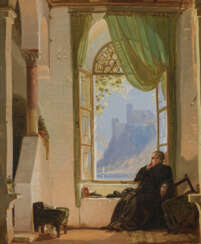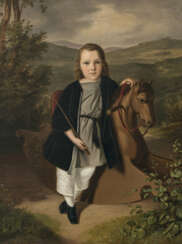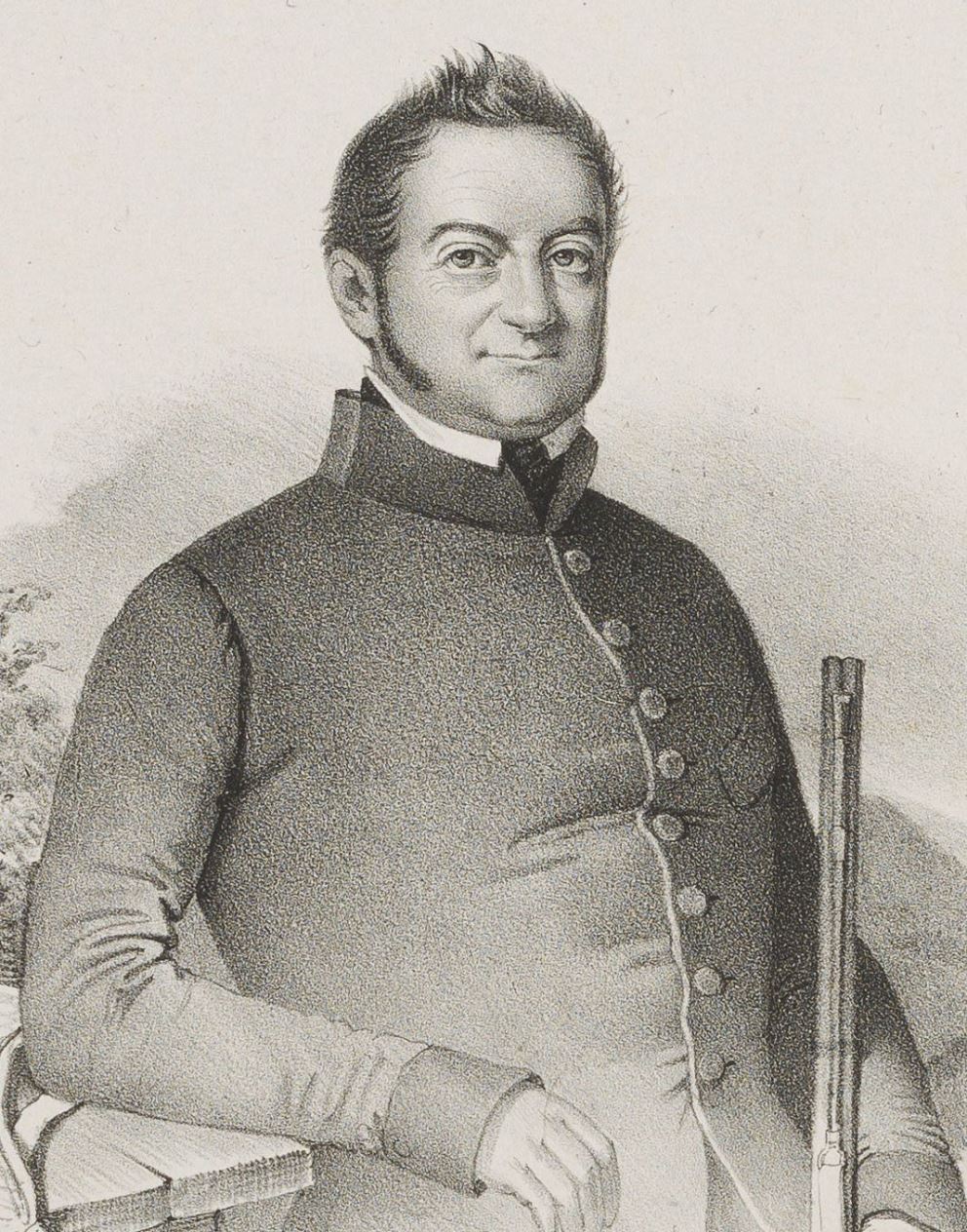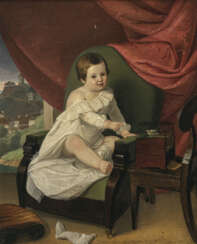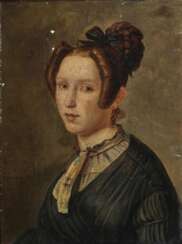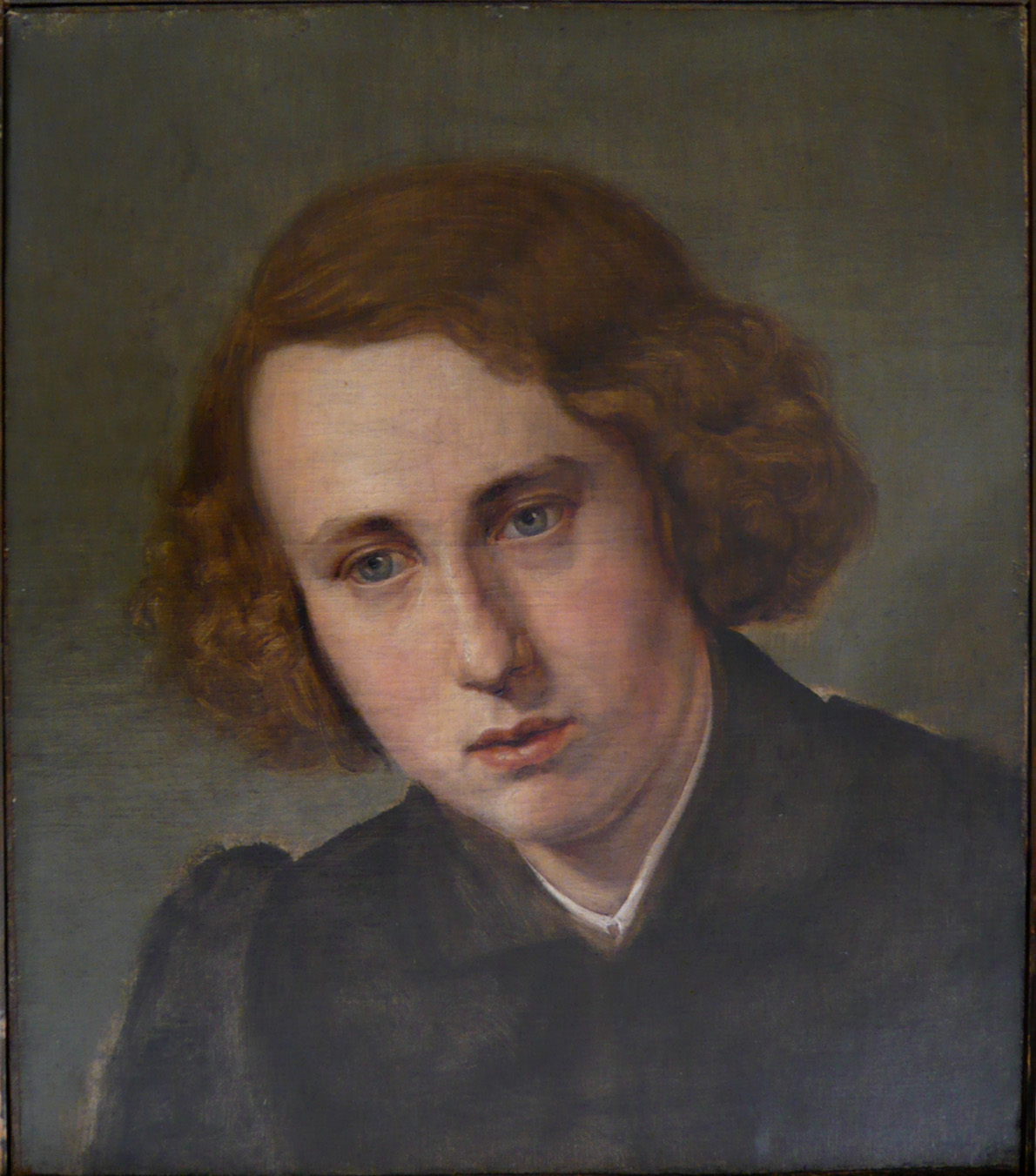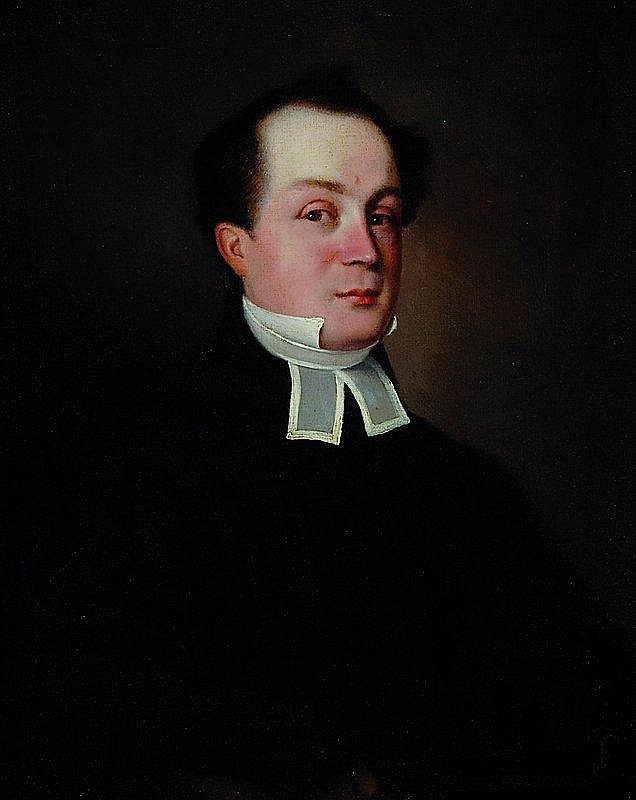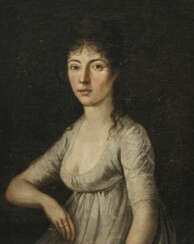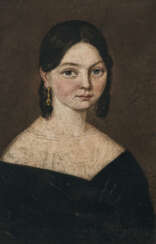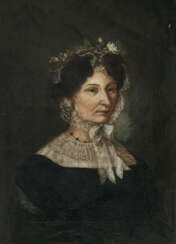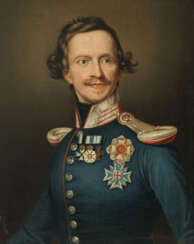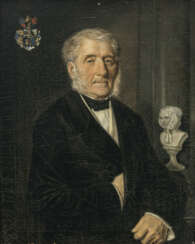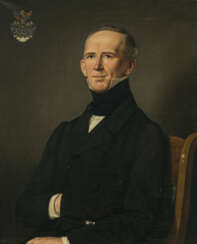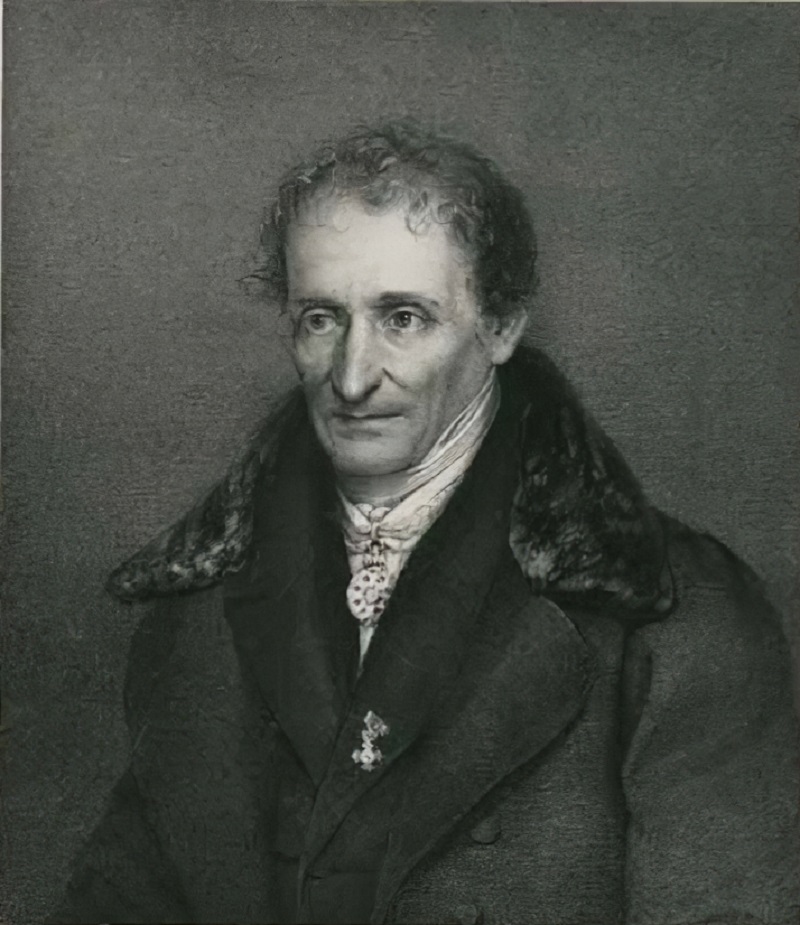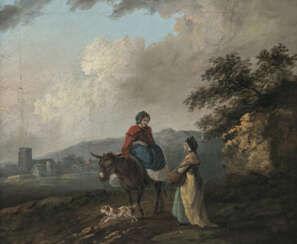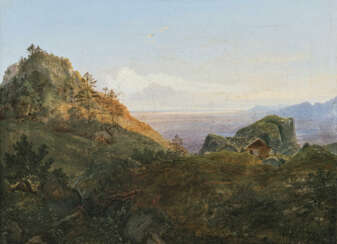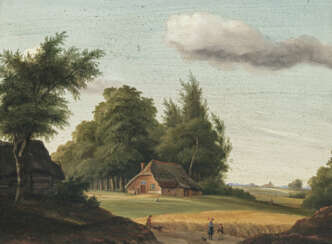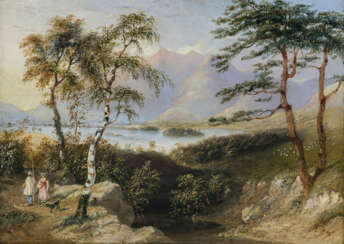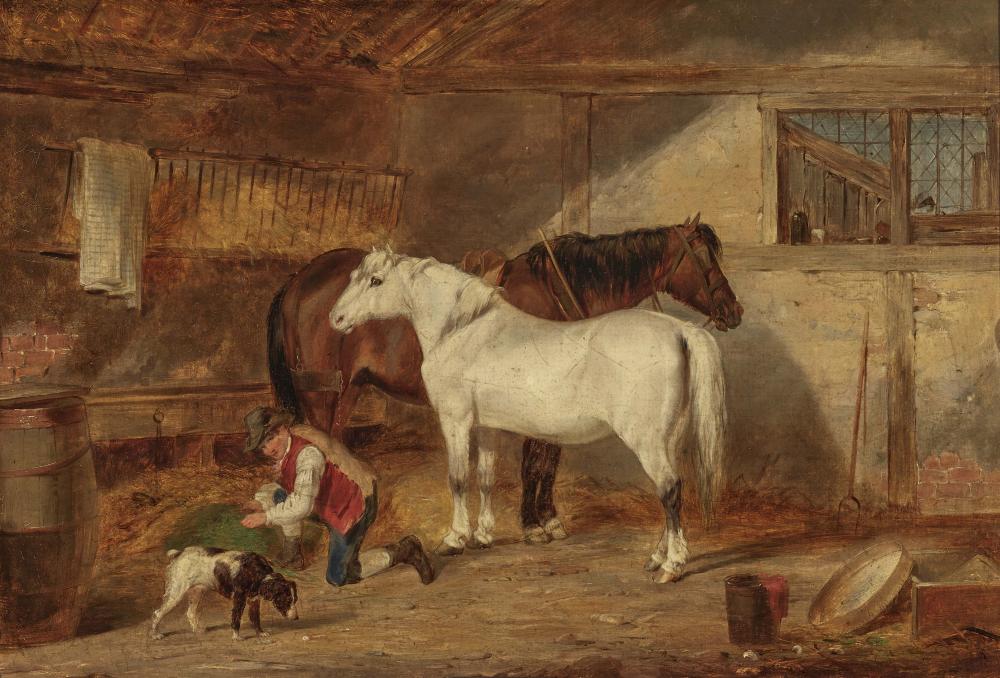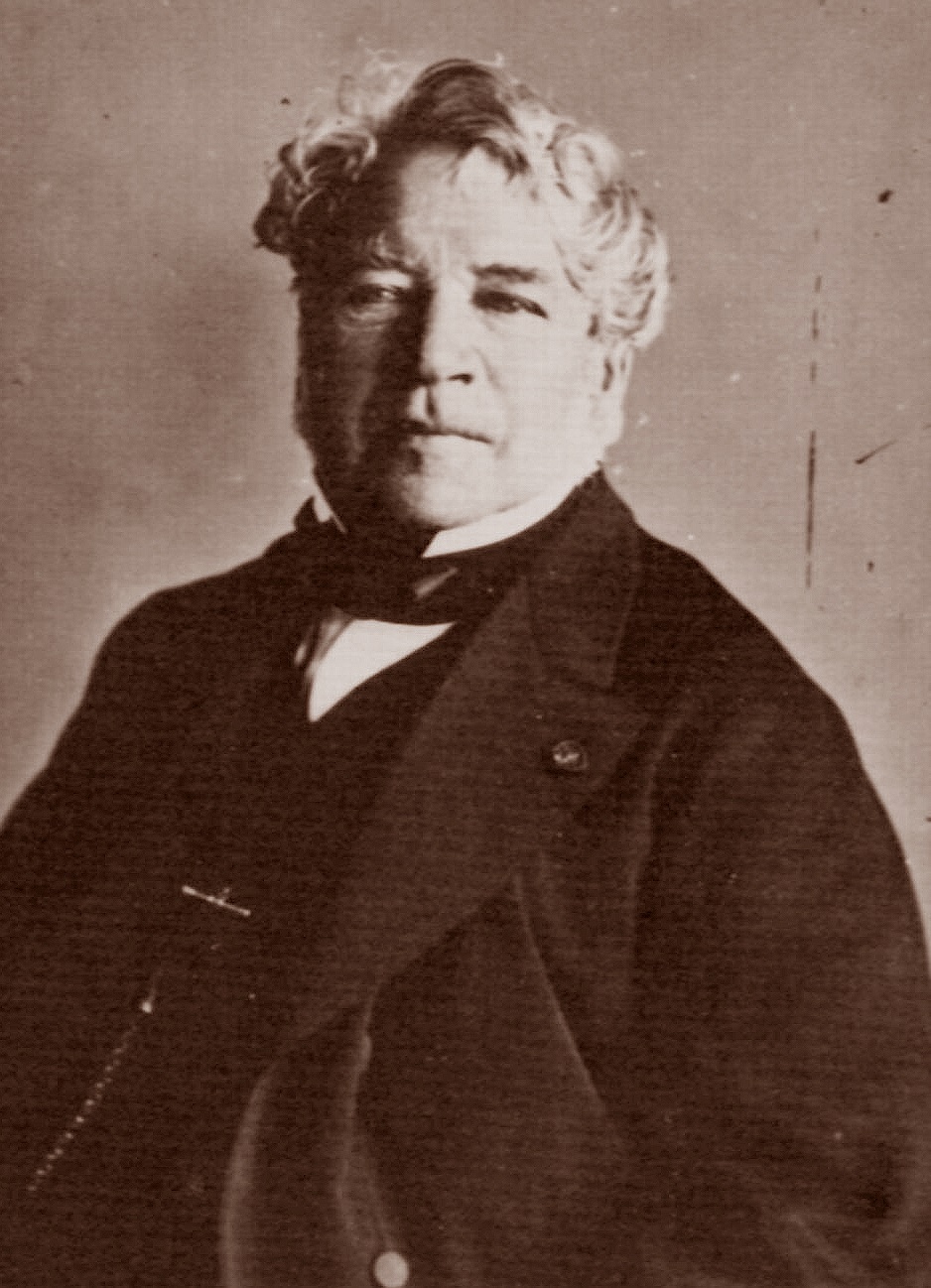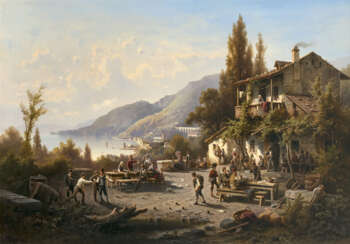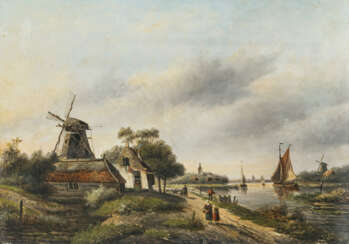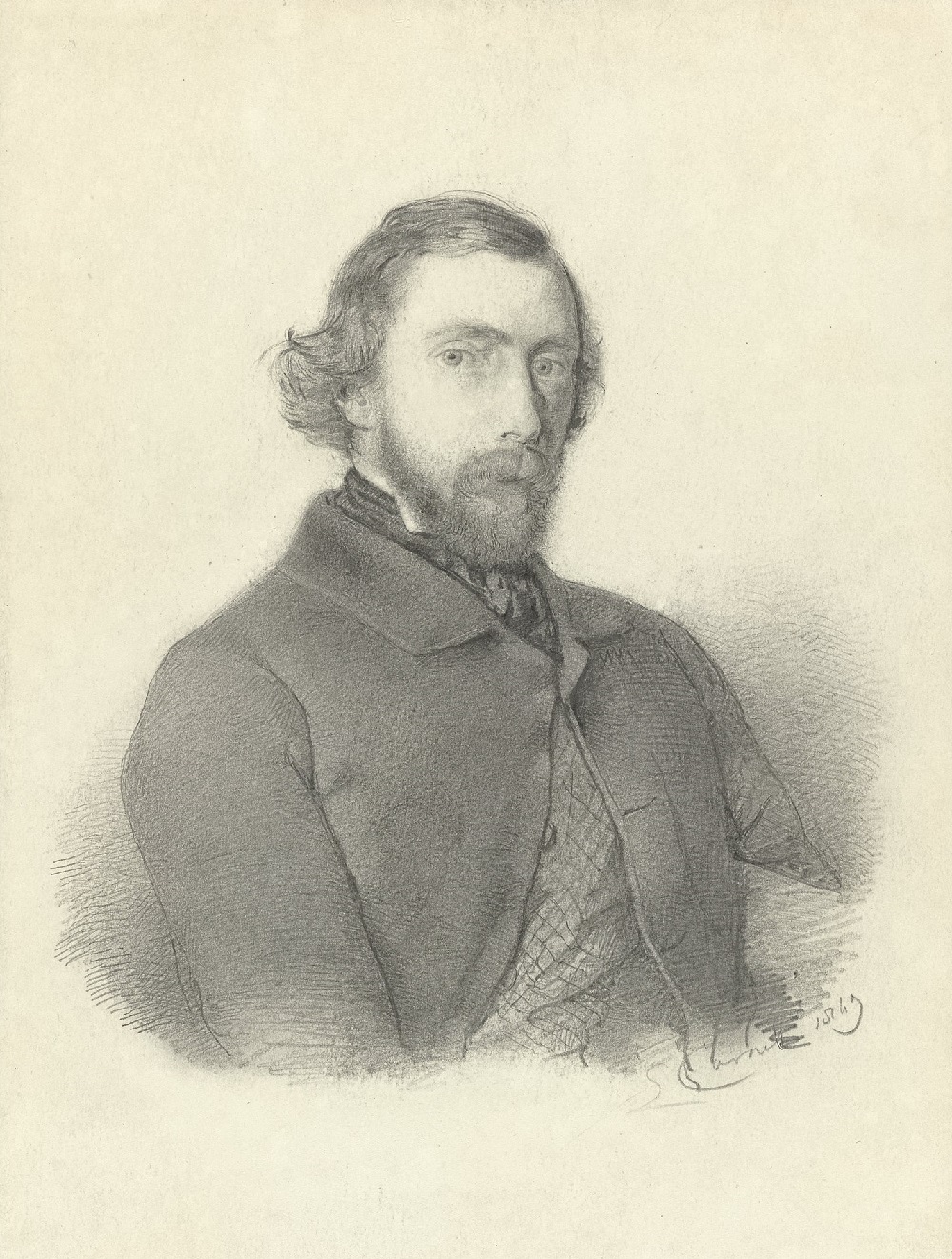
Paintings 19th - 20th century — 409-3 | Grafiken und Gemälde
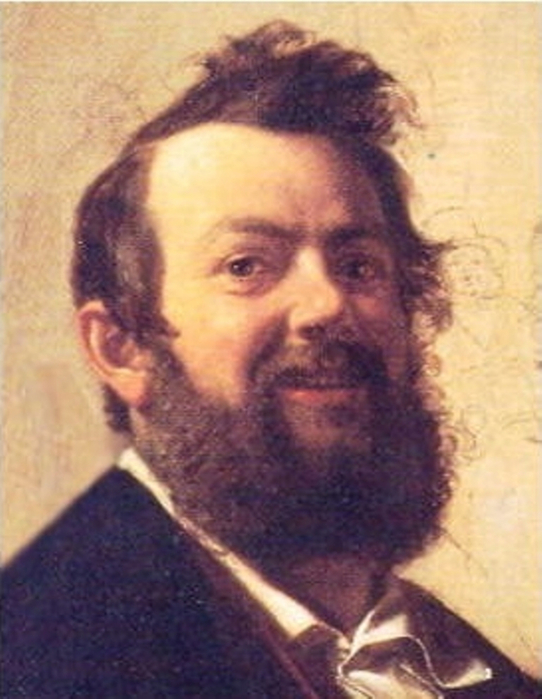
Johann Peter Hasenclever was a German painter of the first half of the 19th century. He is known as a painter, a representative of the Düsseldorf school of art, who is considered one of the founders of German genre painting.
Hasenclever began his work by interpreting biblical, mythological and romantic subjects, but eventually found his calling in humorous scenes from bourgeois life, especially Pyrenean towns and cities. Among his famous works are "The Amusing Examination," "The Reading Room," and "The Trial of Wine," distributed in engravings and lithographs.
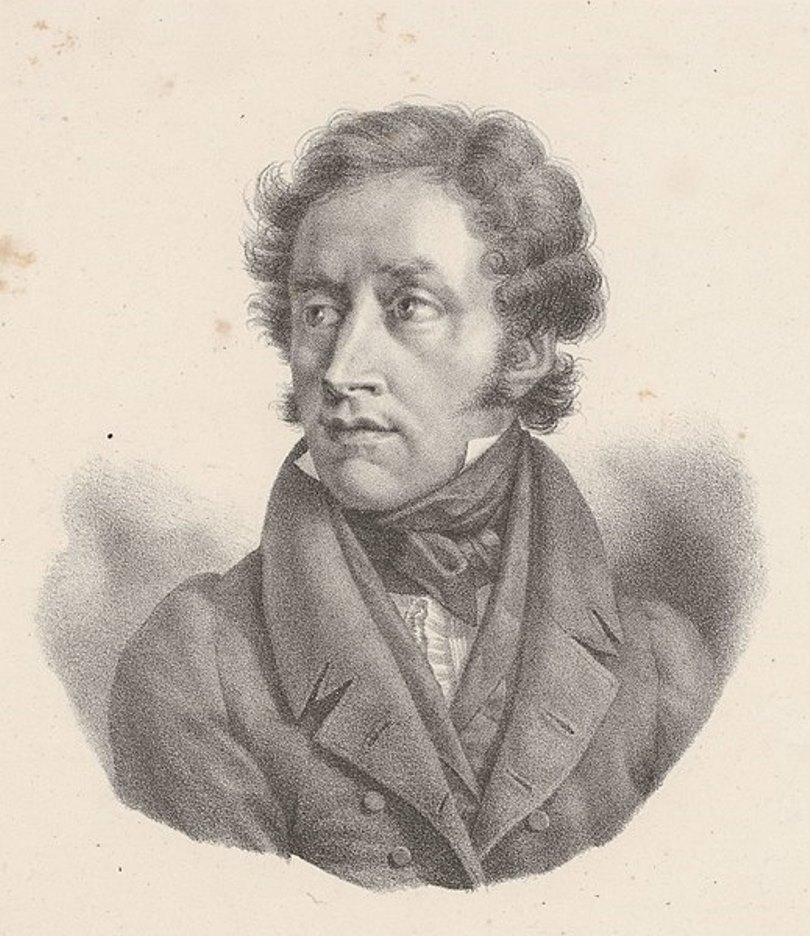
Ignatius Josephus van Regemorter was a Flemish historical, landscape, and genre painter and engraver. He studied under his father, Petrus Johannes, also in Paris, Antwerp, Brussels, and Ghent.
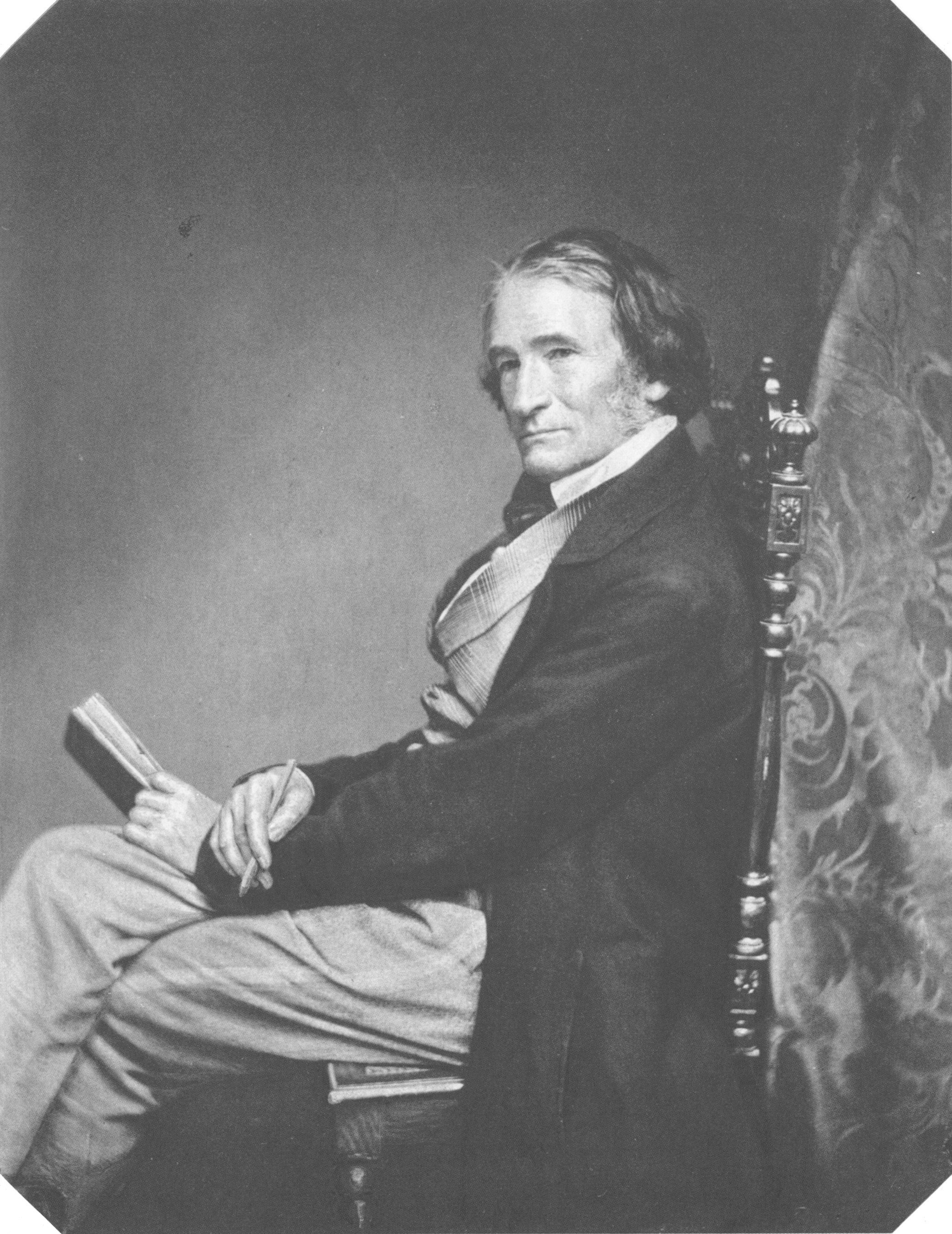
Joseph Karl Stieler was a German painter. From 1820 until 1855 he worked as royal court painter of the Bavarian kings. He is known for his Neoclassical portraits, especially for the Gallery of Beauties at Nymphenburg Palace in Munich, as well as his emblematic portrait of Ludwig van Beethoven, which has become one of his most famous works.

Johann Leberecht Eggink (Russian: Иван Егорович Эггинк) was a German-Baltic and Russian artist of the first half of the 19th century. He is known as a painter and teacher.
Johann Eggink lived and worked in the Russian Empire for some 40 years. He was mainly engaged in historical painting, creating paintings with subjects from a variety of eras, including ancient Rome and ancient Russia. The artist was also famous for his portraits and portrait miniatures. He received the title of Academician of the Imperial Academy of Arts in St. Petersburg.
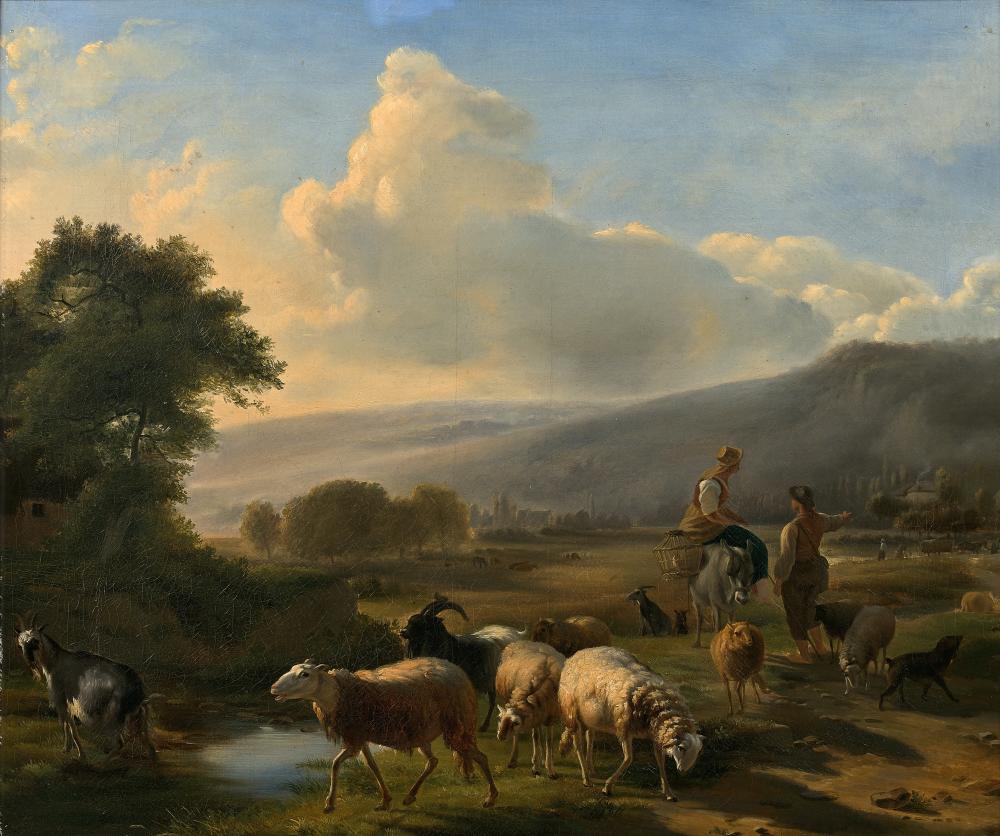
Balthasar Paul Ommeganck was a distinguished Flemish painter, born in Antwerp, Belgium, in 1755. He garnered acclaim for his unique approach to landscape painting, blending realism with an idealized portrayal of nature. Ommeganck's work is characterized by detailed observation of nature, a sure line, and subtle use of color. His favorite subjects were undulating landscapes, often featuring grazing animals like cows, sheep, and goats.
Balthasar Paul Ommeganck's talent was not confined to painting alone; he was also a skilled draughtsman and dabbled in sculpture, producing some clay models of sheep and cows. His main contribution to art was combining the light found in Dutch Italianate painters' work from the 17th century with meticulous observation of nature, finding a synthesis between realism and an idealized representation of nature.
In 1799, Balthasar Paul Ommeganck's landscape painting won the first prize in Paris, a competition he had not intended to enter but was submitted to by a friend. His success extended beyond the borders of Belgium, as he became a member of several academies, including those in Amsterdam, Brussels, Ghent, Munich, and Vienna. In 1809, he was recognized as a corresponding member of the Institut de France.
Despite his death in 1826, Balthasar Paul Ommeganck's style continued to influence landscape painting in the 18th and early 19th centuries. However, later art critics have sometimes viewed his adherence to classic tradition and preference for the picturesque and conventional as a form of 'hopeless traditionalism'.
For collectors and enthusiasts of art and antiques, Balthasar Paul Ommeganck's works represent a significant period in the history of landscape painting. His paintings, with their fusion of realistic detail and atmospheric beauty, are a testament to his skill and vision.
To keep abreast of the latest news, sales, and auction events related to Balthasar Paul Ommeganck's art, consider subscribing to our updates. This service ensures you stay informed about opportunities to delve deeper into the works of this notable landscape artist.
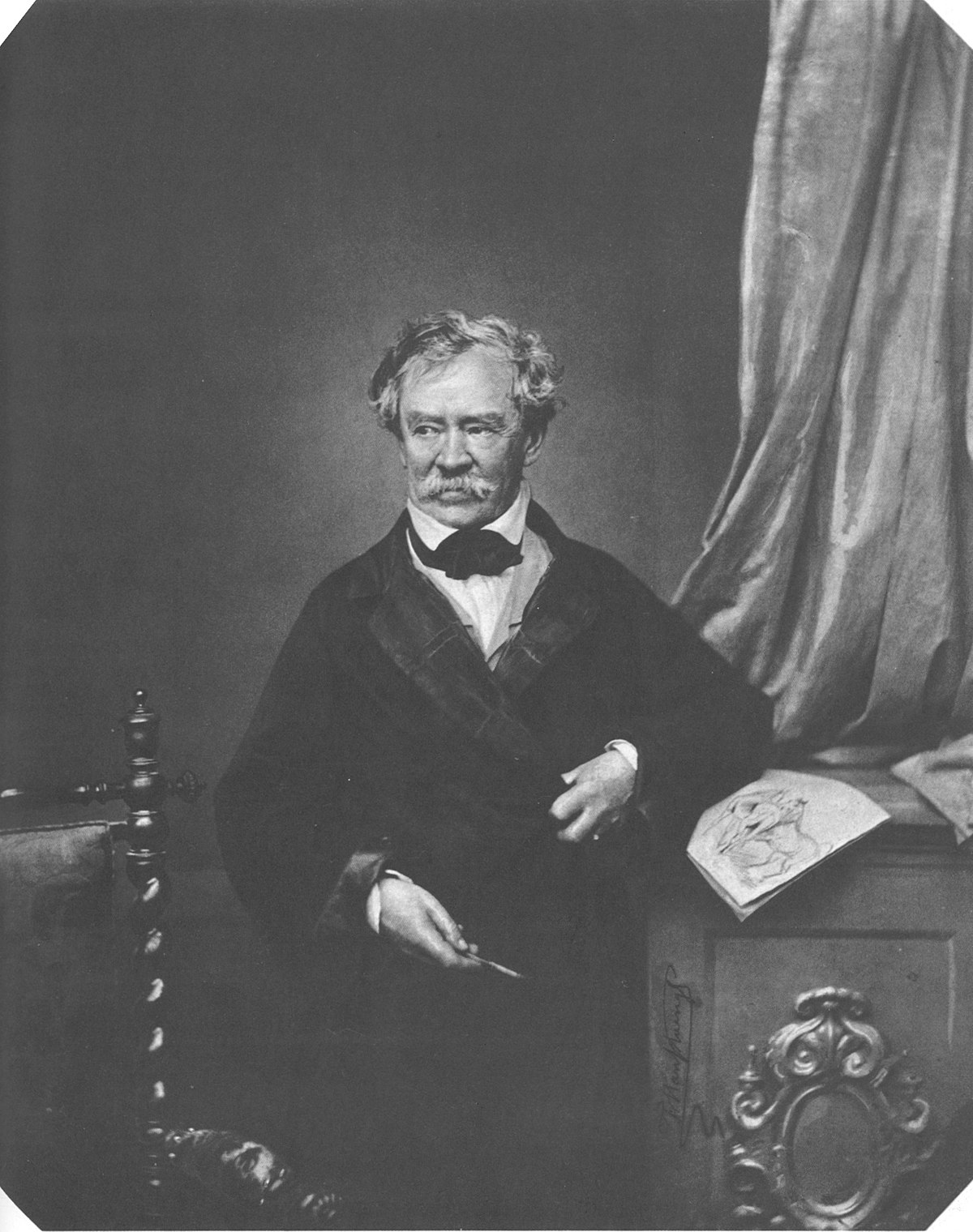
Albrecht Adam was a Bavarian painter of the first half of the 19th century. He is best known for the fact that as a member of Napoleon's Grand Army he took part in the campaign against Russia in 1812 as the official artist of the headquarters of the IV (Italian) Corps. Throughout the campaign, the artist made sketches and drawings, capturing many of the important events of the campaign. Later, many of these sketches became the basis for full-fledged paintings, and to subjects from the Napoleonic wars, which he witnessed, Adam addressed until the end of his very long life.
Albrecht Adam was also the author of memoirs, in which he described in detail the Battle of Borodino and a number of other key events of the War of 1812.
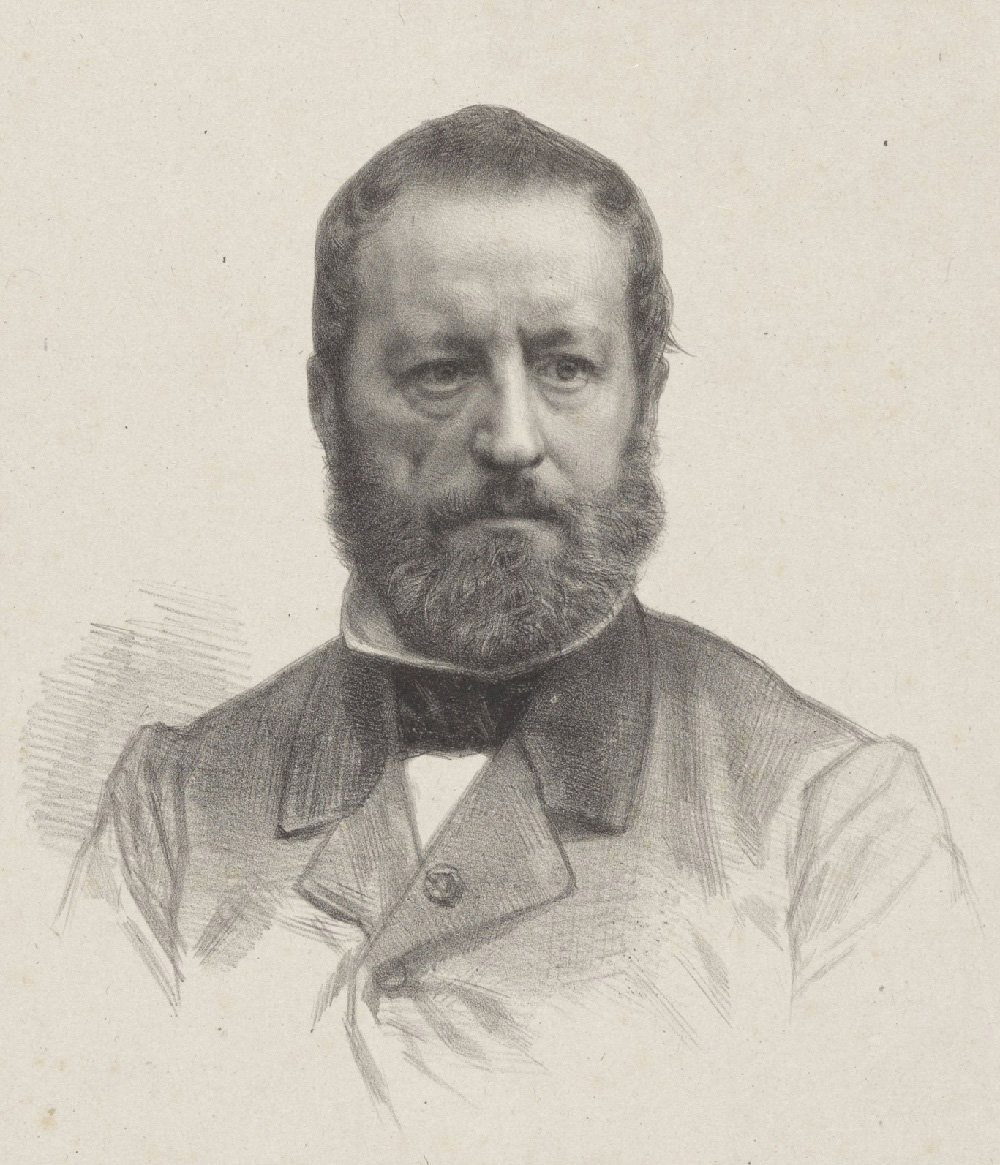
Wouterus Verschuur the Elder (also Wouter Verschuur) was a Dutch painter, one of the later representatives of Romanticism in Dutch art. He depicted animals, mainly horses, and landscapes. His students included his son Wouterus Verschuur Jr. and Anton Mauve.
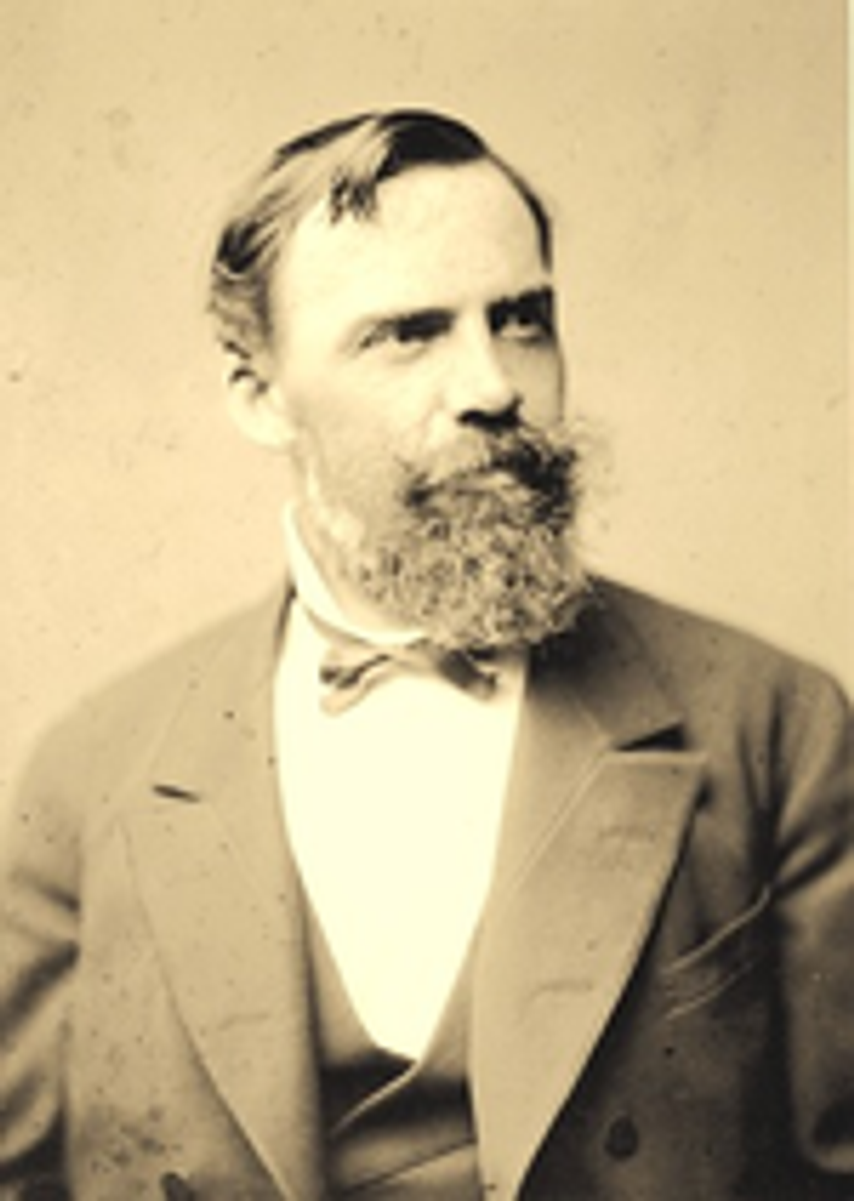
Maximilian Joseph Haushofer was a German painter of the mid-nineteenth century. He is known as a landscape painter and teacher, professor of painting at the Prague Academy of Fine Arts.
Born into the family of a teacher at the court of the Bavarian king, Haushofer began to study law, but soon indulged himself in art. His favorite subjects for a long time were the Alpine foothills and lakes illuminated by the midday sun. His students continued the tradition of his school, making Haushofer a prominent figure in the art world.

Maximilian Joseph Haushofer was a German painter of the mid-nineteenth century. He is known as a landscape painter and teacher, professor of painting at the Prague Academy of Fine Arts.
Born into the family of a teacher at the court of the Bavarian king, Haushofer began to study law, but soon indulged himself in art. His favorite subjects for a long time were the Alpine foothills and lakes illuminated by the midday sun. His students continued the tradition of his school, making Haushofer a prominent figure in the art world.
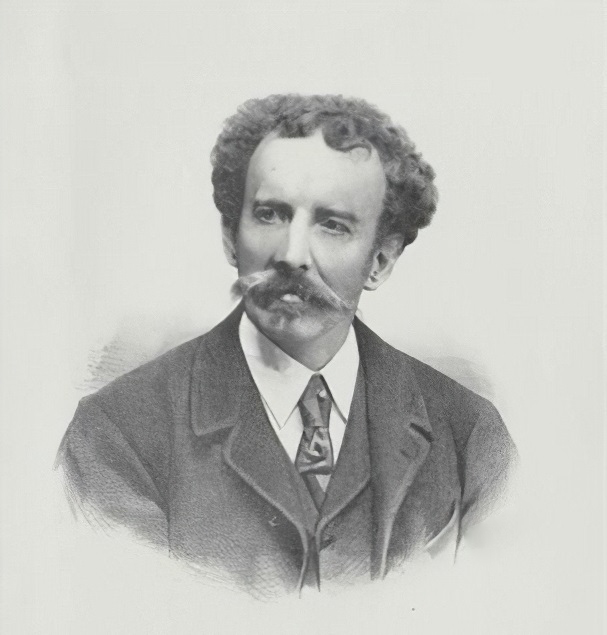
Albert Rieger was an Austrian painter best known for his dark, muted landscapes of Vienna. He frequently depicted mountains, waterways, and forests rendered in great detail with a particular relish given to the effects of light, using oscillating brush marks and contrasting moments of shadow to animate his subjects.




